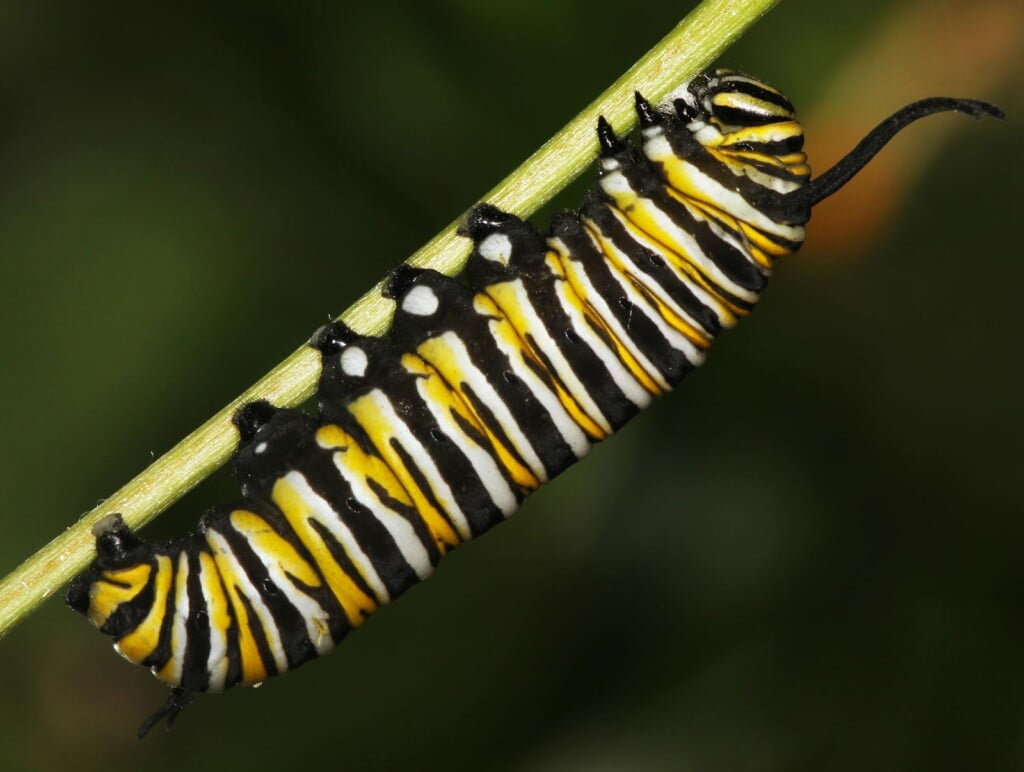Johnny Butterflyseed has pioneered the use of ozone to sterilize milkweed seed pods, which can offer several advantages:
- Broad-Spectrum Sterilization: Ozone is a powerful oxidizing agent and is effective against a broad spectrum of microorganisms, including bacteria, viruses, fungi, and spores. This ensures that the milkweed seed pods are free from potential pathogens.
- Environmentally Friendly: Once ozone has done its job, it decomposes back into oxygen, leaving no harmful residues. This makes it an environmentally friendly method of sterilization.
- No Chemical Residues: Unlike some chemical disinfectants, ozone gas leaves no toxic residues on the seed pods, ensuring that the seeds remain uncontaminated and safe for planting.
- Elimination of Pests: Ozone can help in reducing or eliminating small pests or eggs that might be present on or inside the seed pods.
- Extends Storage Life: By reducing the microbial load on the seeds, ozone treatment can potentially extend the storage life of the seeds, ensuring they remain viable for a longer period.
- Enhanced Germination: Sterilizing the seed pods with ozone may increase the germination rate of the seeds by reducing microbial competition in the soil once they are planted.
- Efficient Penetration: Ozone gas can penetrate crevices and hard-to-reach areas within the seed pods, ensuring thorough sterilization.
However, while ozone is effective and has many benefits, it’s essential to handle it with care. Ozone can be harmful to humans at high concentrations, so always use ozone generators in well-ventilated areas and avoid direct inhalation. Additionally, prolonged exposure to high concentrations of ozone can potentially damage some materials, so it’s crucial to ensure the treatment time and concentration are appropriate for the specific application.

Larval Host Plant Seeds
“Butterfly Seeds” encompass both butterfly eggs and seeds for butterfly Larval Host Plants. Each butterfly species’ caterpillar (larva) requires specific Host Plants for nourishment and development. Without these Larval Host Plants, the butterflies cannot live. For example, Monarch Butterflies need Milkweed Plants and Black Swallowtails need plants from the Carrot family to survive and grow.